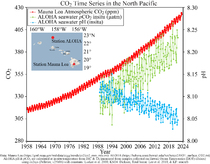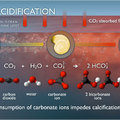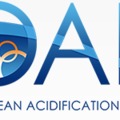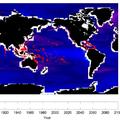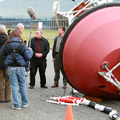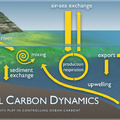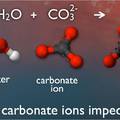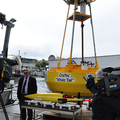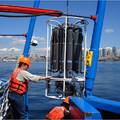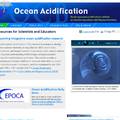OA Observations and Data
Follow the links below to access ocean acidification data for each of our observation programs
The field of carbon cycle science depends on well-designed, well-executed, and carefully maintained observations. The PMEL carbon group primarily focuses on large scale observations of ocean interior carbon through hydrographic cruises and surface ocean carbon dynamics through measurements made on volunteer observing ships, buoys, and other autonomous systems. We work in both the open ocean and in coastal environments. We maintain long-term time series observations as well as conducting short term process studies or exploratory studies. Since ocean acidification emerged as an important scientific issue, we have been augmenting and expanding our observational capacity by adding pH and other biogeochemical measurements to the platforms listed below.
Volunteer Observing Ships (VOS)
For the last 2 decades, we have used underway sampling on research vessels and VOS to measure large-scale trends in ocean carbon chemistry. We are in the process of adding pH and additional parameters necessary to address ocean acidification using VOS.
Buoys and Autonomous Systems
High frequency observations provide the basis to better understand natural variability of ocean acidification over daily to seasonal cycles. We are currently measuring pCO2 and pH on 20 moorings in open ocean, coastal U.S., and coral reef waters. Click the links below for more information.
Coastal
Open Ocean
Coral Reef
Hydrographic Cruises
Ship-based hydrography is the only method for obtaining high-quality, high spatial and vertical resolution measurements of a suite of physical, chemical, and biological parameters over the full water column, and in areas of the ocean inaccessible to other platforms. Our hydrographic cruises in the North Pacific Ocean, along the U.S. West Coast (2007, 2011, 2012, 2013) and in the Puget Sound have revealed a trend of ocean acidification over time, led to a better understanding of the spatial and temporal variability of ocean acidification, and provided insights into how ocean acidification will manifest in estuaries and near shore coastal areas.
See the links below to learn more about ocean acidification and the type of research our group is involved in.

